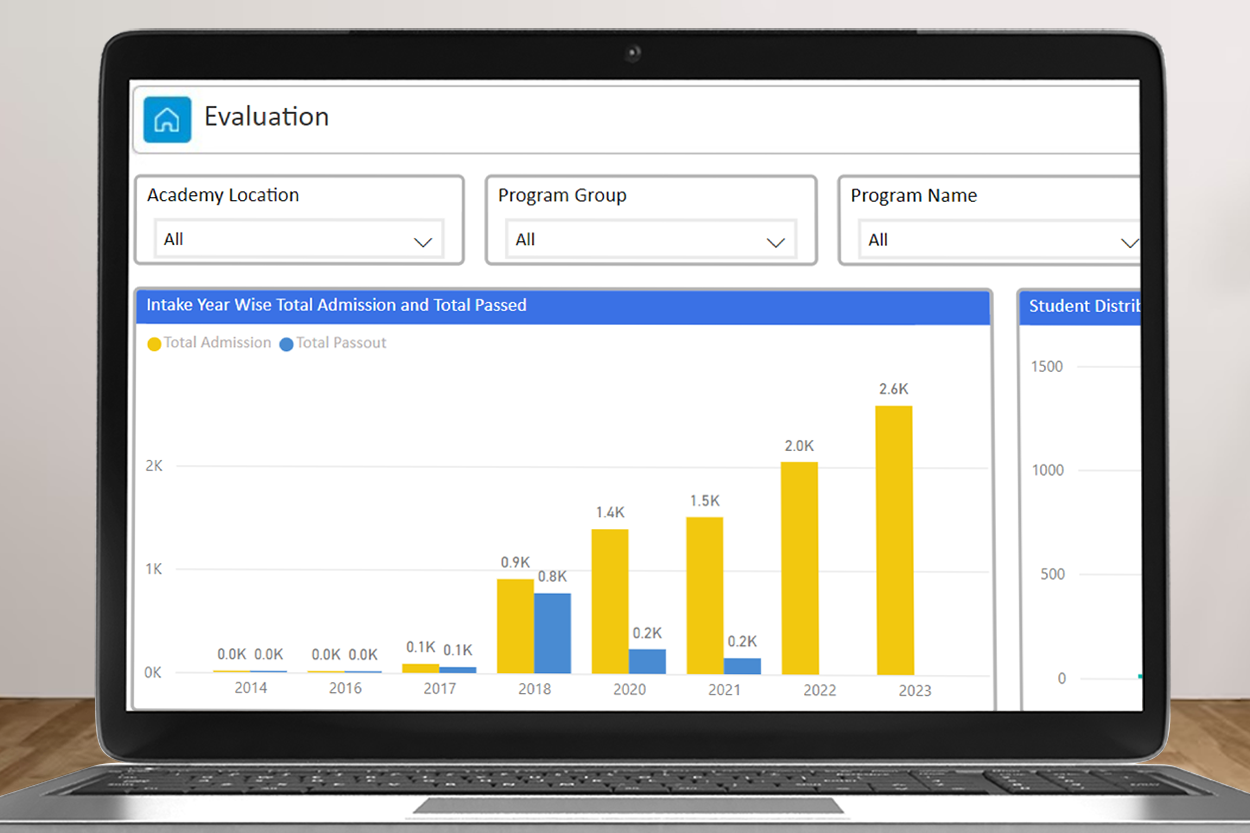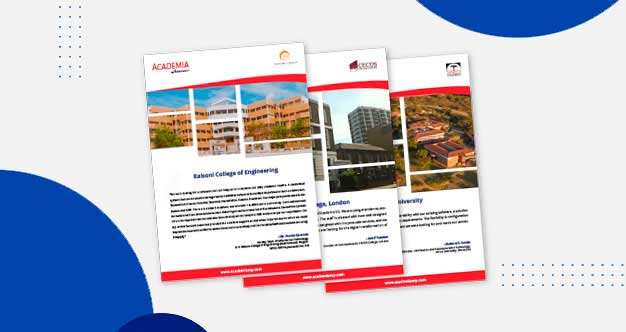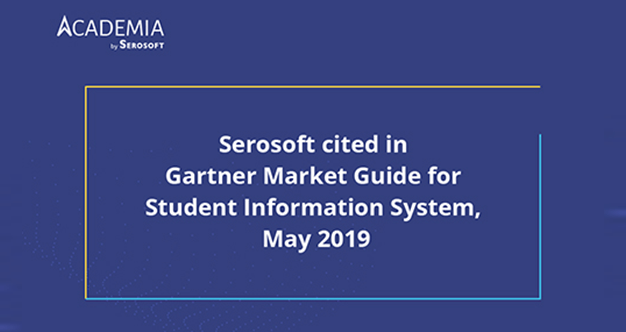The Power of Data-Driven Decision Making in Higher Education
As higher education becomes increasingly competitive, institutions face growing pressure to demonstrate the effectiveness of their people, programs, and resources. This evolving landscape demands heightened accountability, compelling organizations to address questions across various processes, identify and anticipate trends, and work cohesively to drive growth and change.
Data-driven decision-making plays a crucial role in this environment, empowering institutions to ensure business continuity, enhance profitability, and streamline operations. By leveraging advanced data collection and analysis, colleges and universities can unlock a new era of fact-based decision-making, which is critical for gaining a competitive edge.
 The Role of Data in Strategic Decision-Making
The Role of Data in Strategic Decision-Making
While experience and intuition remain important, data-driven strategies offer deeper insights into the needs of students, faculty, and the institution. A well-planned and executed data-driven approach can significantly impact all institutional and student success aspects.
By utilizing data-driven decision-making, institutions can identify new opportunities, respond to evolving market conditions, launch innovative services, better meet student needs, and event boost their ROI.
However, achieving these benefits requires more than just implementing a new analytics solution. Institutions must address common data challenges, such as outdated information, fragmented systems, and difficult-to-navigate databases, to fully realize the potential of their software.
Laying the Foundation for Success
Before implementing new software, institutions must review their data and establish a solid foundation. Addressing historical challenges, such as data integrity and governance issues, provides greater flexibility and ensures a smoother transition to new systems.
For example, an institution seeking to future-proof its systems would prioritize establishing a robust data governance policy, ensuring data integrity, and crafting a change management process to support implementation. This approach can lead to significant improvements in decision-making, enabling stakeholders to make informed choices that positively impact the institution.
Enhancing Collaboration and Insight
Adopting a data-driven culture fosters improved collaboration and communication within institutions. Many universities and colleges operate in silos, with limited interaction between departments. However, data can reveal common challenges and opportunities across these silos, facilitating more effective collaboration.
For instance, an institution that integrates a higher education ERP system can break down these silos, enabling departments to work together more effectively. By providing structured and organized access to data, institutions can enhance student engagement, improve workforce development, and ultimately achieve better outcomes.
Real-World Impact: SIS Group’s Experience with Data Analytics
A compelling example of the transformative power of data-driven decision-making comes from SIS Group. Jaspal, a key figure at SIS Group, shared how their data analytics allowed them to swiftly identify and address a significant issue related to Mandarin language instruction. By leveraging data insights, they were able to trace the problem and implement effective solutions, ultimately enhancing the quality of education for their students. You can watch Jaspal’s full testimony in this video.
Data: An Invaluable Asset
Data is vital for higher education institutions, underpinning strategic planning, supporting business continuity, and enhancing overall performance. Whether through ERP, CRM, or SIS systems, up-to-date and integrated technology is essential for connecting, adapting, and growing an institution.
With a focus on higher education solutions and flexible cloud pathways, institutions can future-proof their systems, ensuring they are well-equipped to navigate whatever the future holds. By leveraging data-driven decision-making, institutions can make a lasting impact on their operations and, most importantly, on the success of their students.
Related Posts:
 Higher Ed Plans
Higher Ed Plans K12 Plans
K12 Plans










